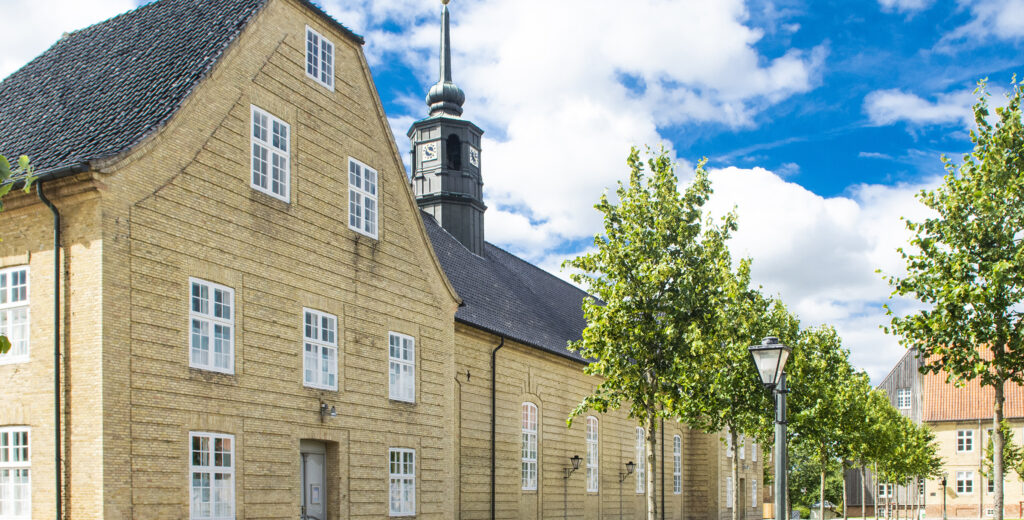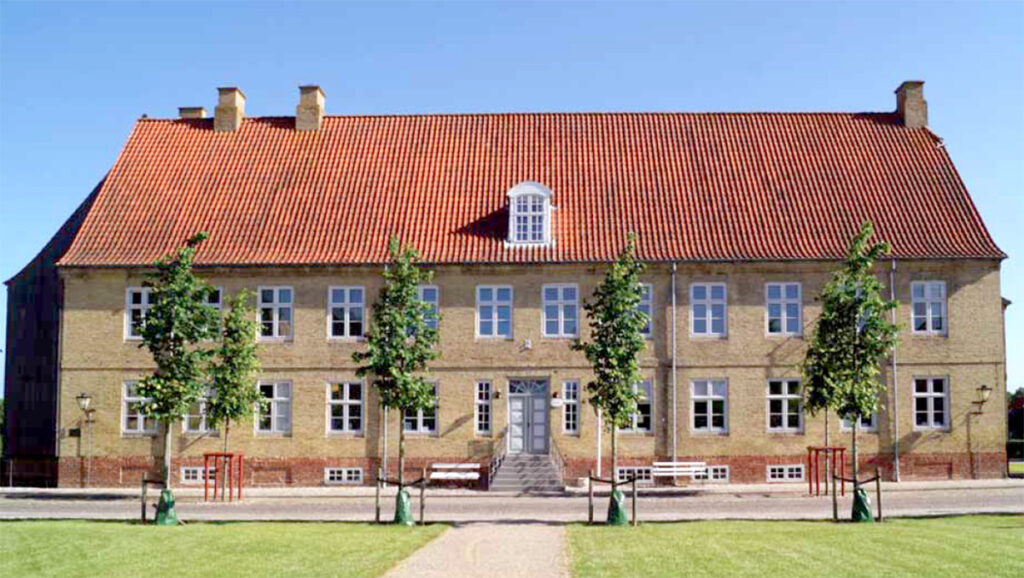
Christiansfeld
Christiansfeld is located in South Jutland, Denmark, and stands as an outstanding example of a Moravian Church-planned colony settlement that reflects the societal and ethical ideals of the Moravian Church.

Founded in 1773, Christiansfeld showcases the best-preserved model of a northern European colony settlement constructed around a central Church Square. The town presents an intact and well-preserved collection of buildings, arranged along two east-west streets that border the Church Square. Additionally, the town integrates a cemetery located outside its borders.
The town is known for its spacious communal houses, called Choir Houses, which were designed for widows and unmarried men and women of the congregation. The architecture of Christiansfeld is characterized by its uniform and unadorned style, featuring one- and two-story buildings made of yellow brick with red tile roofs.
The proportions, materials, and craftsmanship contribute to the unique atmosphere of peace and harmony in the town. Christiansfeld was officially designated as a World Heritage Site in 2015, paving the way for the potential transnational serial expansion of Moravian Church Settlements.